As the days get shorter and we get closer to the long winter months, I tend to crave more light! It’s dark when I leave for work in the morning and dark again when I get home from work in the evening. As an Interior Designer I am aware of how important interior lighting is to the design of homes as well as the energy of the homeowners! This time of year it’s especially important to bring more light into your home as the days get shorter.
There are three main types of lighting in a home.
- Ambient Lighting (general lighting): Ambient lighting provides an area with overall illumination. This is a basic necessity for walking around, conversing with each other and identifying objects in essence keeping our environment safe.
- Task Lighting: Task lighting provides a more concentrated source of lighting for tasks such as chopping vegetables, doing homework, shaving, reading, cooking and so forth.
- Accent Lighting: Accent Lighting adds drama to a room by creating visual interest. It is used to draw the eye to areas of interest like artwork, open shelves, and featured textures like glass tile or wallpaper.
Ambient Lighting
Natural light is one of the biggest sources of ambient lighting. This gets tough for us in the Midwest with our dark, cloudy winter months. However, a simple shift in window treatments can add more natural light into your space. Instead of heavy curtains, opt for fixed panels that flank the window to allow the light in. If privacy is a concern, add adjustable blinds for easy opening and closing. 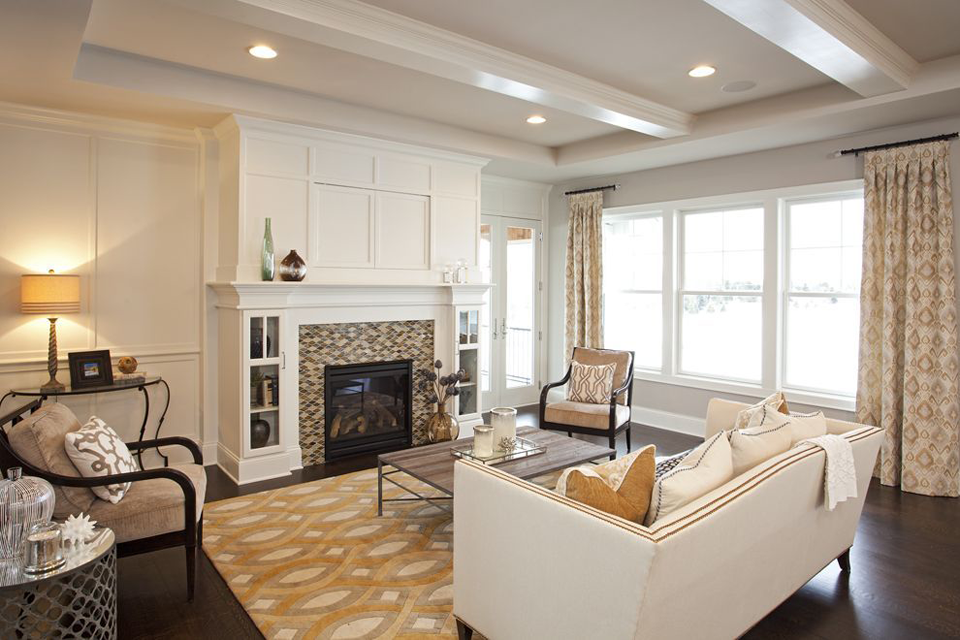 TIP: Fixed fabric panels flank the window to allow for more natural light to fill the room. Paint choice is important too. Lighter colors reflect more light, darker colors absorb more light. This room is bright and cheery with the white walls and yellow accents. {www.interiorimpressions.org}
TIP: Fixed fabric panels flank the window to allow for more natural light to fill the room. Paint choice is important too. Lighter colors reflect more light, darker colors absorb more light. This room is bright and cheery with the white walls and yellow accents. {www.interiorimpressions.org}
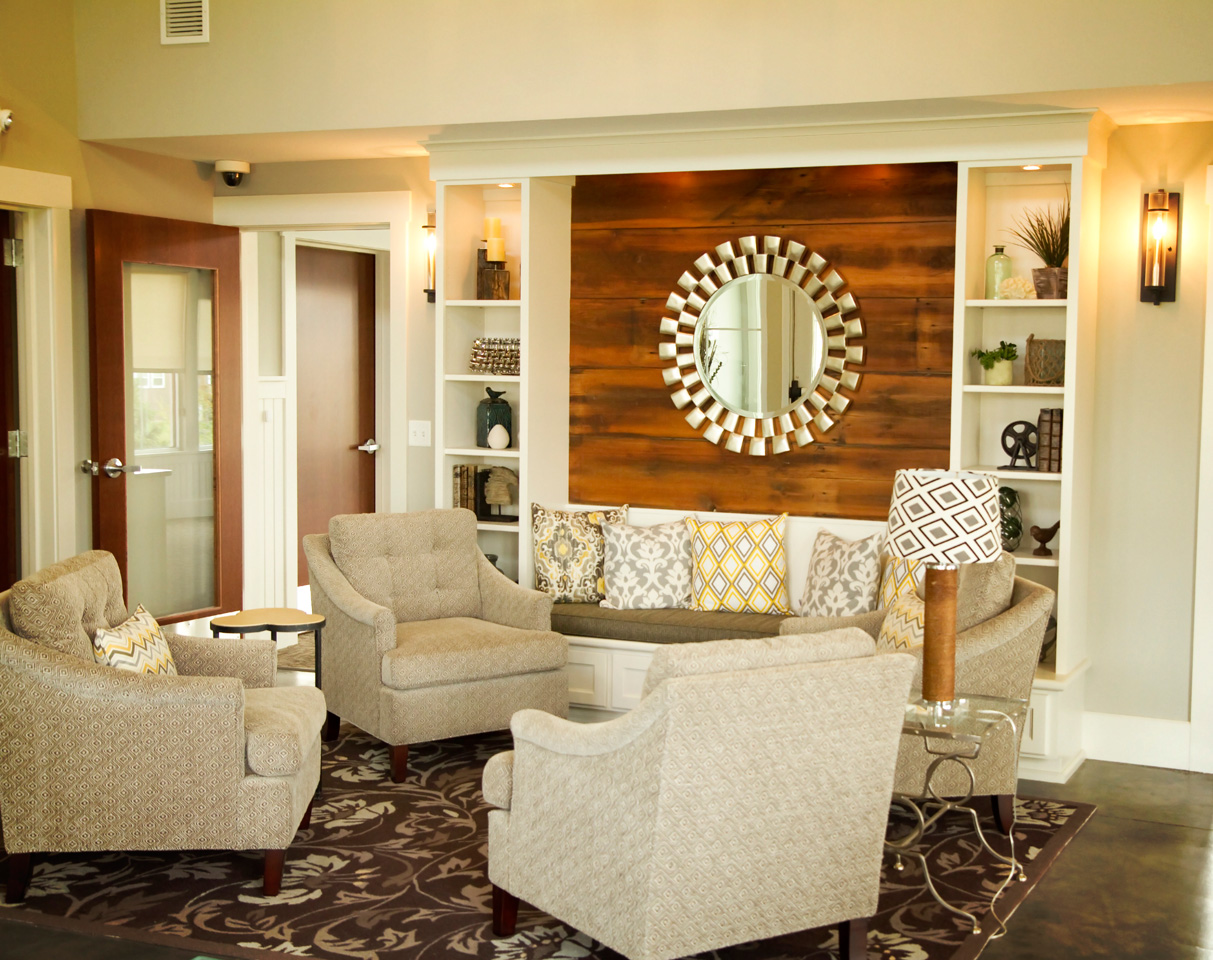 TIP: Adding mirrors to a room help reflect the natural light illuminating the room. This mirror reflects natural light from the window on the opposite wall and adds drama to the amazing wood plank accent wall! Hanging mirrors on each side of a window create a brighter, larger feel to the room. {www.interiorimpressions.org}
TIP: Adding mirrors to a room help reflect the natural light illuminating the room. This mirror reflects natural light from the window on the opposite wall and adds drama to the amazing wood plank accent wall! Hanging mirrors on each side of a window create a brighter, larger feel to the room. {www.interiorimpressions.org}
Recessed Lighting is the second largest source of ambient lighting. Recessed is also known as can or pot lights. They range from incandescent bulbs to Halogen to the new LED’s. The new LED’s provide a clean, white lighting option. Although the initial cost may be expensive, the deliver more light at a fraction of the operating cost!
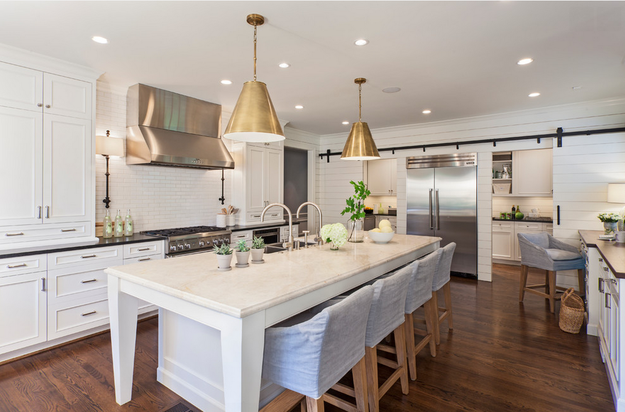 TIP: Most big box hardware stores carry DIY kits to retrofit existing recessed lighting to LED’s. This kitchen boasts all three lighting elements: recessed can lighting (ambient), wall sconces (accent) and island pendants which double as task and accent! It’s also right on trend with the mixed metals – stainless steel range hood, gold pendants and steel farm door hardware. Beautiful! {Pinterest}
TIP: Most big box hardware stores carry DIY kits to retrofit existing recessed lighting to LED’s. This kitchen boasts all three lighting elements: recessed can lighting (ambient), wall sconces (accent) and island pendants which double as task and accent! It’s also right on trend with the mixed metals – stainless steel range hood, gold pendants and steel farm door hardware. Beautiful! {Pinterest}

TIP: Update an entire room by replacing or adding a chandelier. Chandeliers double as both ambient and accent lighting. I love, love, love the new beaded chandeliers from Aidan Gray featured at the interior design market last week! It’s simple elegance! {www.interiorimpressions.org}

TIP: Chandeliers don’t have to be dripping in beads or bling to be amazing. Look at the beautiful clean lines of this polished chrome and clear glass chandelier – a brand new lighting line from Kate Spade! The light reflects off the entire surface…simply stunning! {www.interiorimpressions.org}
Task Lighting
Back in the day candles, oil and kerosene lamps were the g0-to items for task lighting! Although today the need for task lighting has been replaced with ambient whole room lighting, we are beginning to turn the corner and see a renewed interest. Task lighting is making a big comeback in the kitchen, home offices and workshop/craft areas of the home. One of the biggest benefits of task lighting is it reduces the amount of energy it takes to light up a room which saves money and energy!
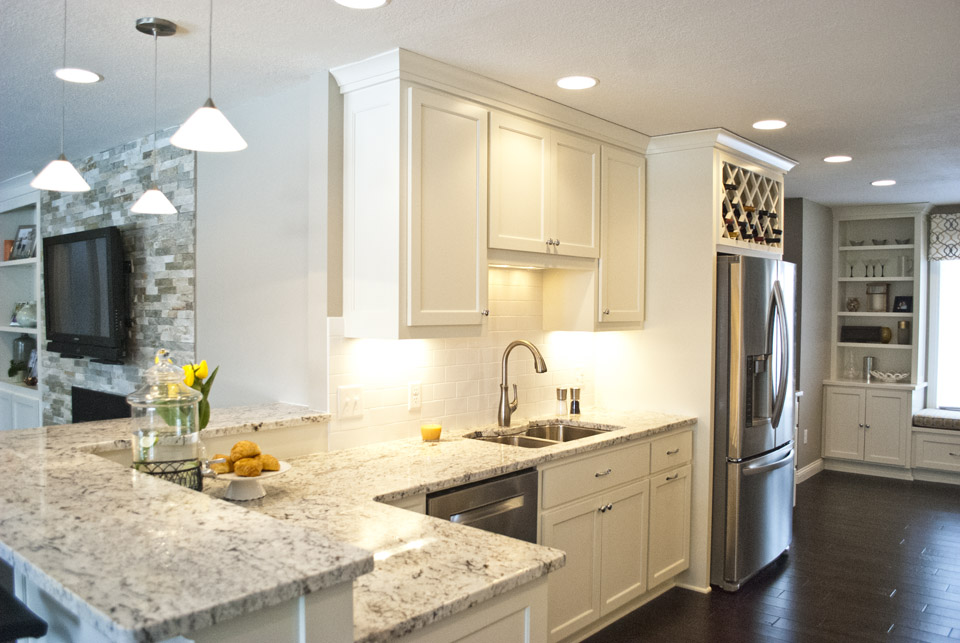
TIP: Add under-cabinet lighting to your kitchen cabinets. This provides shadow-free lighting for all your cooking preparations, plus it gives your kitchen that added “warm glow”. {www.interiorimpressions.org}
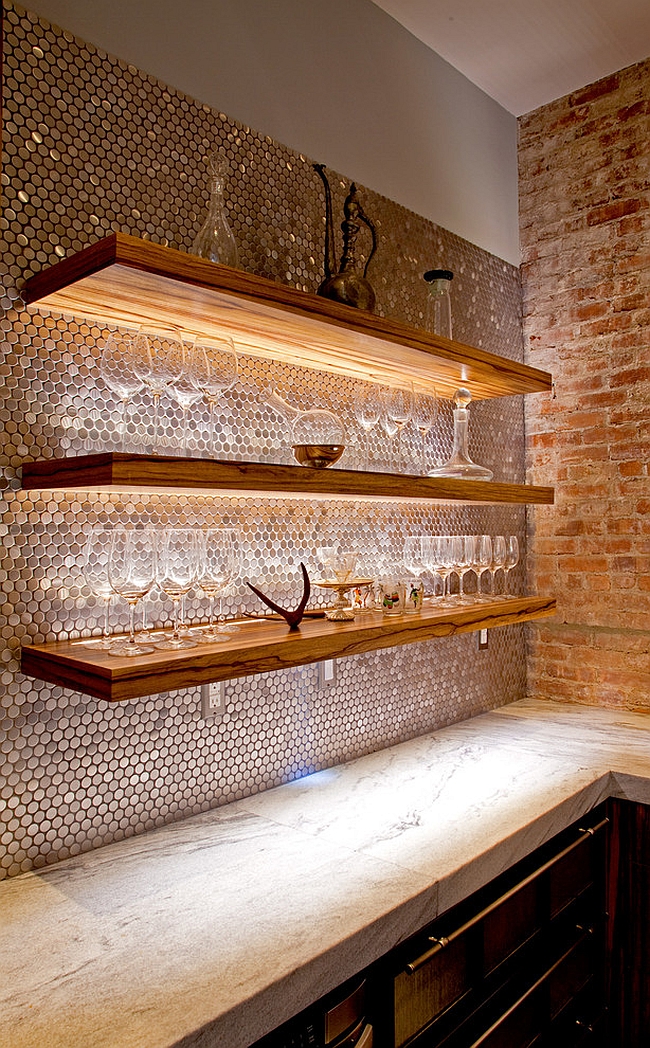
TIP: LED Strip Lighting provides bright lighting to an area. I love that you can barely see the lighting mechanism! It highlights the shelves, tile backsplash and beautiful countertop! That’s how you kill three birds with one stone in decorating! {Pinterest}
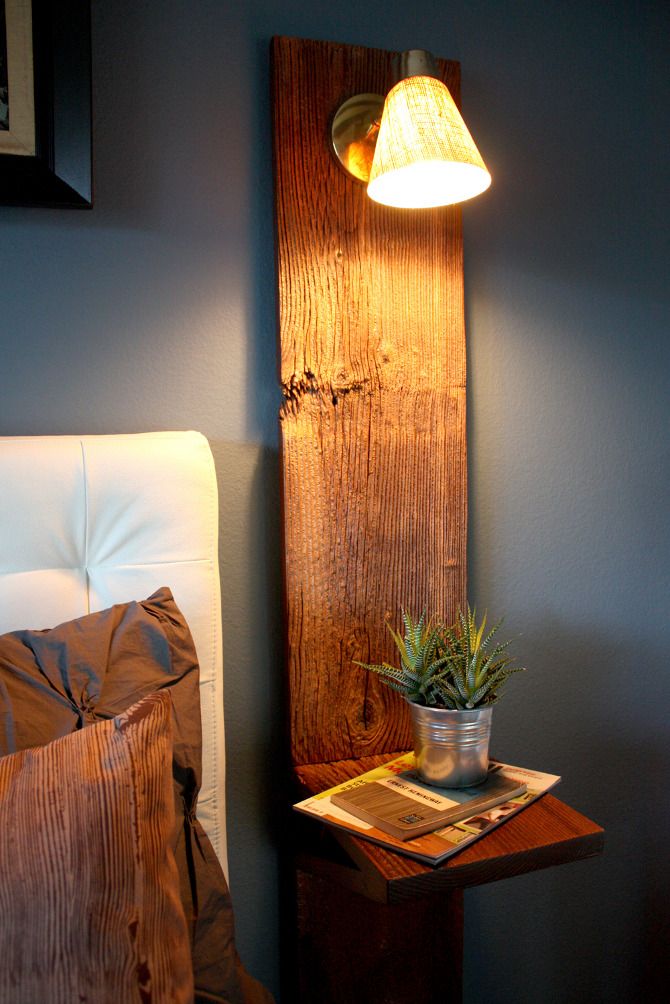
TIP: Wall Task Lighting is a great addition to your bedside for reading. How clever is this….a bedside table and light all in one! {Pinterest}
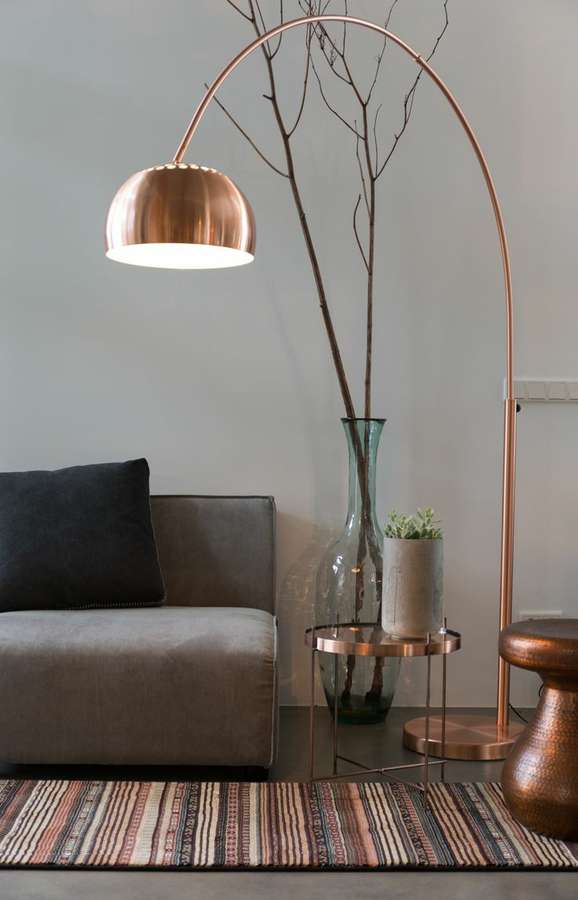
TIP: This beautiful copper floor lamp is both task lighting (for reading) and accent lighting – It’s a win-win! {Pinterest}
Accent Lighting
Last but not least we have accent lighting. This is where the fun begins! Accent lighting adds drama to a room by creating visual interest to your design plan. It helps to draw the eye toward places of interest. It is used to highlight artwork as well as architectural features like glass tile, glass faced cabinets, open shelving, nooks and so on.
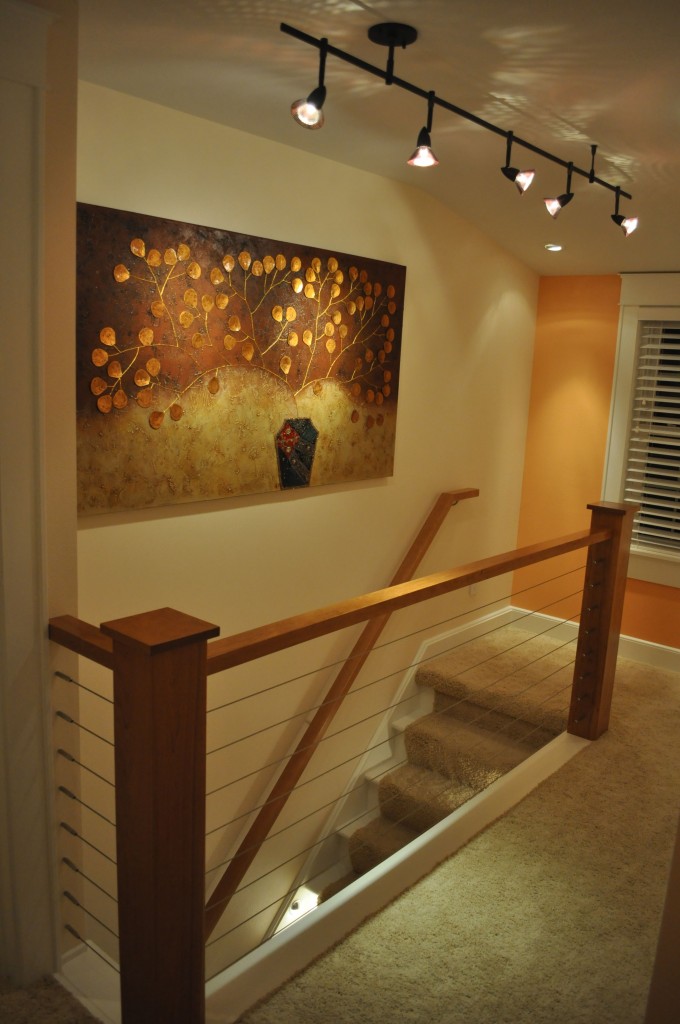 TIP: Change out an existing ceiling fixture with track lighting. The benefit is you have the ability to direct each light to a different point of interest and still light an entire area. {Pinterest}
TIP: Change out an existing ceiling fixture with track lighting. The benefit is you have the ability to direct each light to a different point of interest and still light an entire area. {Pinterest}

TIP: An easy cost effective way to bring more light into your home is in the addition of table/floor lamps. I fell in love with the metallic polka dot lamp base at the interior design market last week! Can you recognize those darling polka dots? This is another favorite from the new Kate Spade line. It’s a perfect way to add design and function to a room. {www.interiorimpressions.org}

TIP: Add lighting to the interior of your glass faced cabinets with puck lighting, or the new strip LED lighting. Don’t forget to replace any wood shelves with glass. The light flows through the entire cabinet giving it an amazing “WOW” factor! {Pinterest}
I always urge my clients to use dimmers on all of your lighting as well as creating lighting zones. It’s always best to combine the main gathering or seating area on one zone and all the periferial lighting on another zone. You have more control on the amount of light you want in each area. Light can have a direct correlation to our individual energy level.
High activity level areas of your home like the kitchen, family room, homework areas need lots of light. Don’t skimp in these areas!
Combining all three types of light gives your home greater functionality as well as design interest.
Cheers to lighting up your home life…literally!

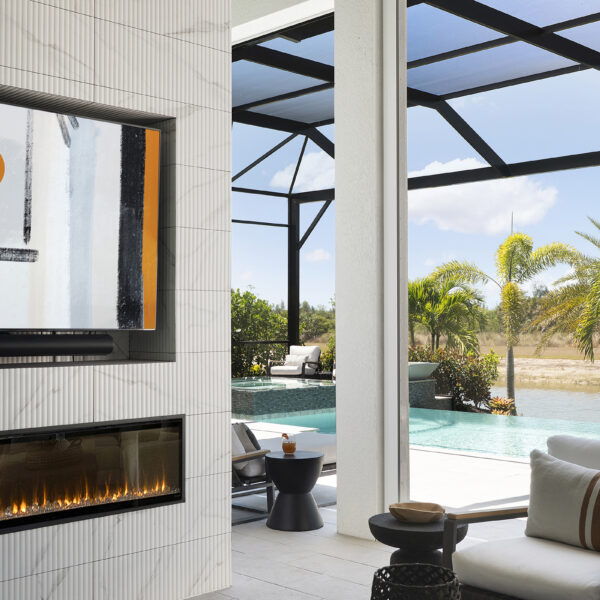
Leave a Reply